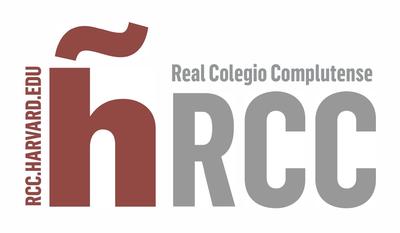Co-chairs: Florian Engert (Professor of Molecular and Cellular Biology at Harvard University), Marie-Abèle Bind (John Harvard Distinguished Science Fellow and Associate at the Department of Statistics at Harvard University) and Ana Juan-García (Associate Professor of Toxicology at University of Valencia)

Nowadays, the human population is being exposed to toxic compounds mainly through food and environment. In this context, special attention should be paid to more sensitive individuals (such as newborns, infants and pregnant women). Climate change is playing a crucial role in the increased presence of toxic compounds and their impact on animal and human health can be dramatic. In particular, co-exposure to more than one compound can lead to adverse, non-linear, consequences.
Zebrafish has been shown to be a good model for studying toxicity of any compound in adult and embryonic stages. It is also widely used in many standard ecotoxicological tests as reported in the OECD Test Guidelines. In addition, zebrafish as a vertebrate model has opened a new window in toxicology studies because of its highly conserved developmental similarities to mammals. As such, they have been used extensively for studying liver development, neurotoxicity and aberrant behaviors among others.
This Study Group focuses on exploiting the range of possibilities for using zebrafish in studies of toxicology for a variety of compounds, with the goal of bridging the gap between basic research and translationally relevant effects in humans. Quite generally, we propose to specifically assess future risks related to a subset of adverse consequences associated with global warming and climate change.
This study group pursues three specific objectives:
- To estimate effects of toxic compounds exposures on mechanisms involving neural development during zebrafish early development stages.
- To create opportunities for researchers and policy makers to engage authorities in the assessment of neural, liver and environment areas involving the Sustainable Development Goals included in Agenda 2030 in every country in the world. In particular, focusing on two of its goals: SDG 02. End hunger, achieve food security and improved nutrition and promote sustainable agriculture and SDG 13. Take urgent action to combat climate change and its impacts.
- To promote research and projects focused on risk assessment linked to food and environment protection and in consequence ensuring inclusive and equitable quality education and to promote lifelong learning opportunities for all (SDG 04).
Publications:
Juan-García A., Juan C., Bind M.A., Engert F. (2021). Study of locomotion response and development in zebrafish (Danio rerio) embryos and larvae exposed to enniatin A, enniatin B and beauvericin. Science of the Total Environment, 777, 146075. https://doi.org/10.1016/j.scitotenv.2021.146075
Juan-García A., Bind M.A., Engert F. (2020). Larval zebrafish as an in vitro model for evaluating toxicological effects of mycotoxins. Ecotoxicology and Environmental Safety, 2020, 110909. https://doi.org/10.1016/j.ecoenv.2020.110909
Group Updates:
-
Group Co-Chair Ana Juan-García was recently interviewed about her current research at the University of Valencia:
- Read the interview here.
- Watch a video about her research here.
Group Members:
Florian Engert: Professor of Molecular and Cellular Biology at Harvard University
Marie-Abèle Bind: John Harvard Distinguished Science Fellow and Associate at the Department of Statistics at Harvard University.
Ana Juan-García: Pharmacist and Toxicologist, Associate Professor of Toxicology at University of Valencia.
Sponsors: RCC; University of Valencia; EngertLab; Harvard University Department of Molecular and Cellular Biology.
Sponsored by:

